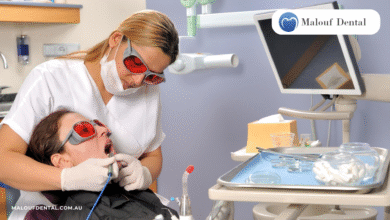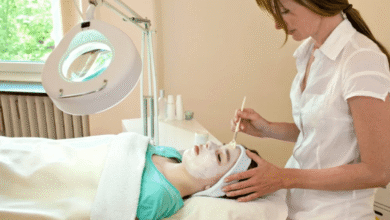Urban Wellness Revolution: How Occupational Hygienists in Sydney and Melbourne are Redefining Workplace Health

The economic nuclei of Australia are facing new complications due to aging infrastructure, high levels of industrial activity, the after-effects of bushfire smoke, and the new standard remote work model. In these conditions, occupational hygienists from Sydney and Melbourne are transforming from simple hazard evaluators to key decision makers. They integrate sustainability and interdisciplinary cooperation into proactive schemes that safeguard employee health and foster organizational resilience.
The Use of Technology for Proactive Health Surveillance
An occupational hygiene technologist from Sydney no longer has to visit workplaces annually with a sound level meter and swipe-card badges. Today’s professionals use IoT-connected instruments to remotely monitor dust, noise, temperature, and airborne contaminants. These instruments disburden streams that feed into cloud systems where analytics parse the data and define thresholds—like discovering a peak in respirable crystalline silica at a North Sydney rooftop excavation site or heightened levels of volatile organic compounds in a coworking space in Melbourne’s Central Business District. Incessant surveillance enables occupational hygienists in Melbourne to predict symptoms and identify new hazards and control calibrations like adjusting ventilation, changing workflows, or issuing new PPE clear guidelines. The outcome is moving from responsive measures to proactive protective measures.
A Flexible Approach to Sydney’s Urban Risks
Sydney is a rather special case due to its combination of heritage structures, heavy traffic, and construction. Sydney occupational hygienists are now working with urban planners and transport engineers to identify hotspots for noise and diesel particulate concentration, like under elevated railways or adjacent to ferry terminals. Utilising geospatial analysis, they combine exposure data with workforce mobility patterns, recommending shift rotations that minimize accumulative exposure to pollution during critical periods. These practitioners adapt occupational hygiene influences on urban policy frameworks by integrating health impact assessments, which ensures health policies are incorporated into infrastructure augmentation and public transport system development—melding workplace and city planning.
Sustainability Efforts on Melbourne’s Industrial Development
An occupational hygienist in Melbourne will work in tandem with an environmental manager to bring the carbon-neutral goal of the workplace control into the factory buyout process. When changing from single-use dust masks to reusable half-face elastomeric respirators, hygienists check seals and filters while ISO 14001 consultants work out the savings on cleaning and pre-sterilization gowning. The improvement of health and the environment works in the Melbourne manufacturing and logistics industries, which are moving to closed-loop supply chain systems. Also by evaluative sampling of stormwater runoff from industrial area moving from manufacturing precincts down to Kellybrook and acting on controlling alteration of dangerous substances, occupational hygienists ensure that contaminant control measures work for workers and for water bodies, furthering the objectives of the city against green washing.
Promoting Collaboration Across Sectors
In Australia, the best workplace health programs dismantle silos. For example, in Australia’s leading companies, occupational hygienists sydney co-host “safety sprints” with IT security to “sprint” facilities management and HR to weave digitals health and safety silos into holistic wellbeing programs. Self-sponsored wellness frameworks by employees are also encouraged through integrating noise and air-quality dashboards with employee wellness apps. Frontline technicians and data scientists work together through joint workshops to create control solutions, such as mobile extraction units powered by predictive scheduling algorithms. This ethos, pioneered by occupational hygienists alongside OHS consultants, allows for joint ownership and improving achievement metrics over health metrics.
Preparing for Tomorrow’s Challenges
Robust health range in Australia include: extreme heatwave, intrusion of wildfire smoke, the emergence of nanomaterials, and hybrid work modes. Occupational hygienists from Sydney and Melbourne lead the charge in scenario-planning exercises that stress-test controls against these future risks. Their pilots include wearable environmental monitors that sync with health kiosks which offer far more personalized exposure profiles and early-warning notifications. Heuristic aids from these pilots guard the enterprise risk model governance frameworks, ensuring the inclusion of both traditional OHS metrics, and environmental-health indicators. The integration of occupational hygiene into resilience planning embeds agility toward shifting dangers and regulatory terrains.
Conclusion
The job functions of “occupational hygienist Sydney,” and “occupational hygienist Melbourne” have gone beyond periodic checks. With changes to Australia’s metropolitan and industrial zones, these specialists now incorporate real-time assessments, sustainability needs, interdisciplinary teamwork, and foresight into their frameworks. Australian occupational hygienists are enabling companies to shift from a compliance-centered approach to data management regarding workforce health to a more strategic, proactive model to foster agile, robust operations designed to withstand modern challenges and evolve resiliently.





